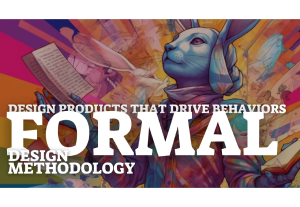- Design, Employee Experience, Employment and Hiring, Storytelling, The rise of design, UX Magazine
It’s time to strip away traditional norms and embrace the power of diverse perspectives.
Article by Lisa Wilson
13 Reasons Why You Should Hire a Stripper to Your UX Team
- The author gives a unique perspective on the transferable skills and diverse backgrounds that can contribute to the field of UX design, challenging traditional assumptions about professional qualifications.
Share:13 Reasons Why You Should Hire a Stripper to Your UX Team
Share this link
- June 20, 2023
12 min read







